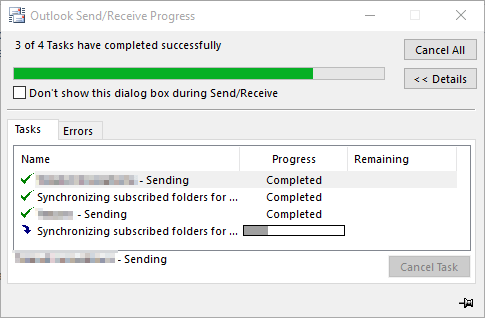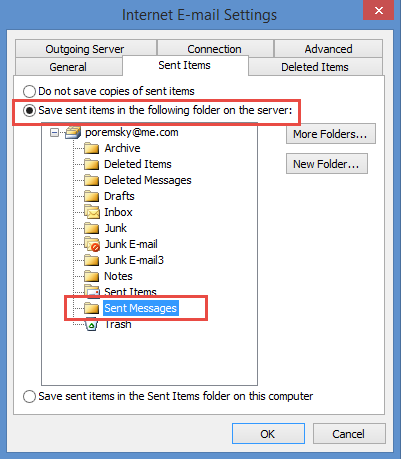
Right-click on the Outlook shortcut on your desktop and choose Properties. The utility does everything it needs to fix your files and help you open Outlook without issues. Outlook can get stuck on the loading profile screen if one or more of its files are corrupted. Why is Outlook 365 stuck on loading profile? It would be a good idea to delete your emails or find a way to split PST files to reduce the lag. Apart from loading, it also increases the time taken for reading, moving, and deleting email messages. Outlook stores all the data in the PST file, if the file size is enormous, then it could slow down the loading process. If all of your emails come in a few days late regardless of the sender, your ISP may be to blame. If you are having frequent issues with emails from one person, there is likely an issue with their ISP. Why are my emails taking so long to send?ĭelays can also occur due to problems with either the sender’s or the recipient’s internet service provider (ISP). Check your Blocked senders and Safe senders lists.Check your inbox filter and sort settings.Deselect “Perform an automatic send/receive when exiting” to stop your program from synchronizing when you log off.

This will allow you to modify sync settings for all your groups and accounts. How do I stop Outlook from synchronizing inbox? As a result, the send/receive tasks can accumulate so that Outlook is basically stuck in an endless synchronization process. Send/receive interval too short On a particular set interval, Outlook can automatically check for new messages. Outlook may warn you some folders are ‘special’. From the menu click Folder > IMAP Folders.How do I stop IMAP synchronizing in Outlook 2016?

All folders that exist on the mail server are displayed. Folders that appear in Outlook are also called “subscribed” folders because those folders sync regularly with the mail server. When you add an IMAP account to Outlook, you can select which folders from the account appear in the folder list. Note: To select multiple folders, press and hold CTRL as you click folder names.


 0 kommentar(er)
0 kommentar(er)
